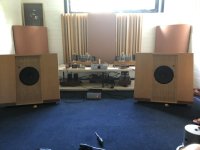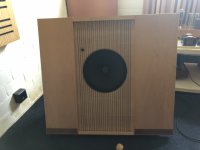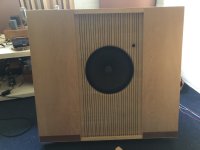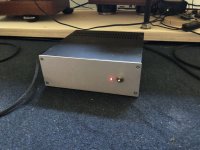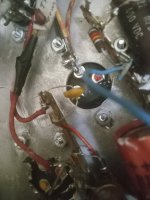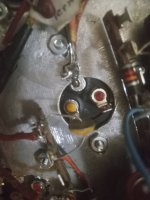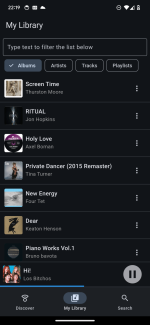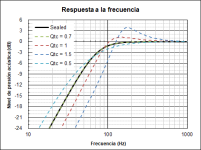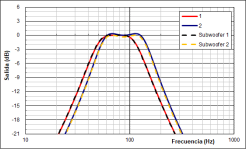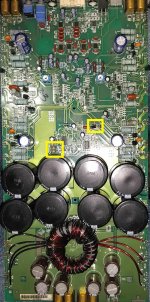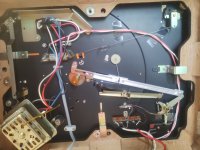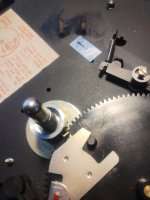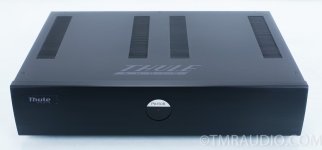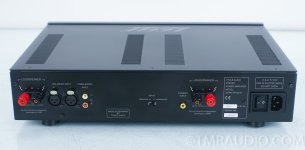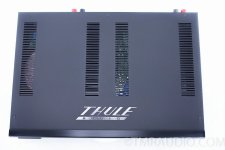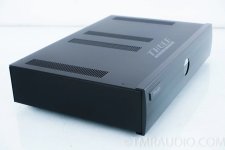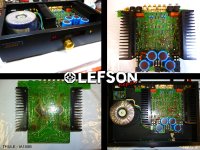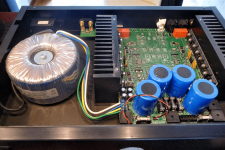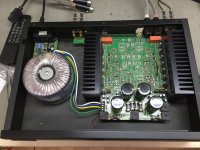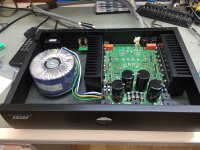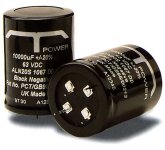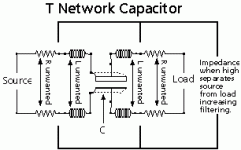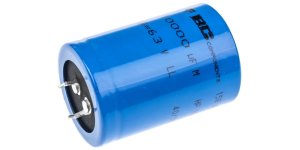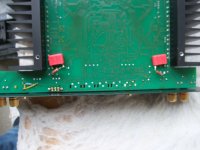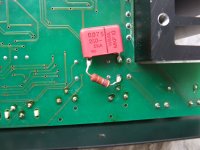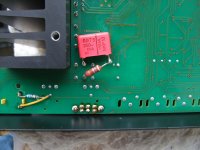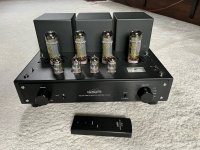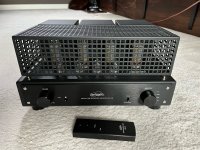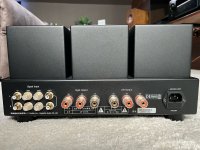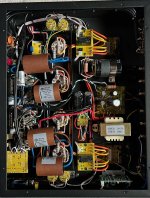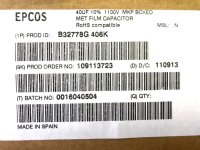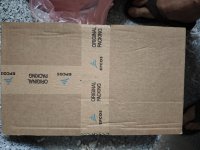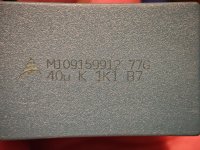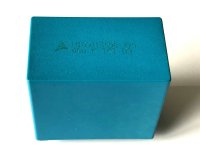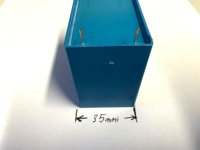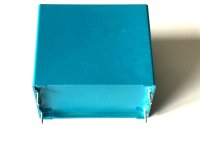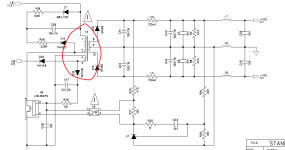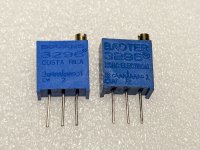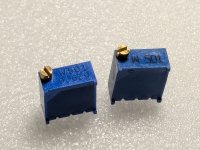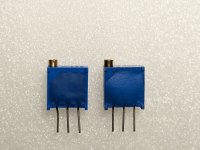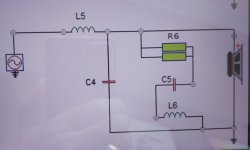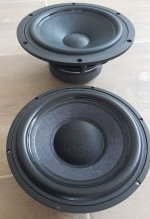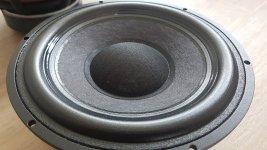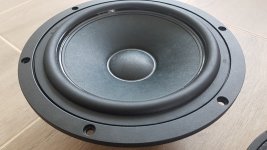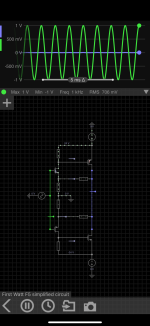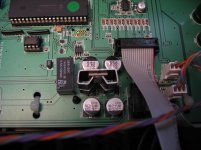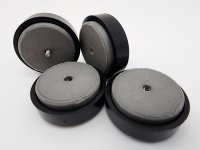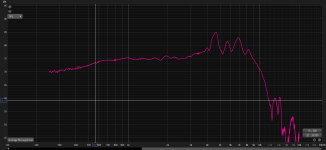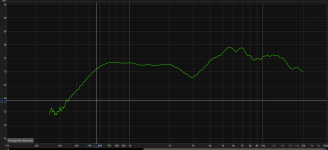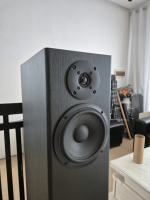TPA3255 PCB Design - Corrections and Suggestions
- Chip Amps
- 23 Replies
Hello.
I've been digging around and trying to know more about making an amplifier. I have decided to make something, that is hopefully not too big of a mouthful for me. We all have to start somewhere, and for me, that somewhere is here.
I hope i can get some feedback of the parts list and possible some recommendations for changes to the parts list. As soon as I, hopefully, have received some feedback, and corrected the parts list, I will try to make the PCB layout and post it in here.
The end goal is to have a couple of boards for my own use.
What do i want out of this project:
I want a PBTL mono amp (switchable to BTL Stereo if possible), that also has a build in 5v 1a output for an Arylic Bluetooth Receiver.
Be somewhat on a budget.
Has to play clean, but I do not need something over the top.
Possible a change of OPamps if it is worth it, to spend some extra
A reliable amplifier, that can be used for a party speaker and/or some nice mono speaker for the living room.
... I considered adding PFFP to the board, but i honestly do not think it is worth it for this project. Correct me if I am wrong.
I also dreamt about having 3 chips on the board, and DSP, making it real easy for crossovers for my projects, but unless I have a schematic I can follow, this will be too complicated.
Parts list:
I listed my parts list below. That is including the schematic and parts list for the voltage converter for the 5V 1A.
All the green markings are items, that have been changed from the reference design schematic. If you have any tips of changes in values, parts etc., please let met know.
I've been digging around and trying to know more about making an amplifier. I have decided to make something, that is hopefully not too big of a mouthful for me. We all have to start somewhere, and for me, that somewhere is here.
I hope i can get some feedback of the parts list and possible some recommendations for changes to the parts list. As soon as I, hopefully, have received some feedback, and corrected the parts list, I will try to make the PCB layout and post it in here.
The end goal is to have a couple of boards for my own use.
What do i want out of this project:
I want a PBTL mono amp (switchable to BTL Stereo if possible), that also has a build in 5v 1a output for an Arylic Bluetooth Receiver.
Be somewhat on a budget.
Has to play clean, but I do not need something over the top.
Possible a change of OPamps if it is worth it, to spend some extra
A reliable amplifier, that can be used for a party speaker and/or some nice mono speaker for the living room.
... I considered adding PFFP to the board, but i honestly do not think it is worth it for this project. Correct me if I am wrong.
I also dreamt about having 3 chips on the board, and DSP, making it real easy for crossovers for my projects, but unless I have a schematic I can follow, this will be too complicated.
Parts list:
I listed my parts list below. That is including the schematic and parts list for the voltage converter for the 5V 1A.
All the green markings are items, that have been changed from the reference design schematic. If you have any tips of changes in values, parts etc., please let met know.
